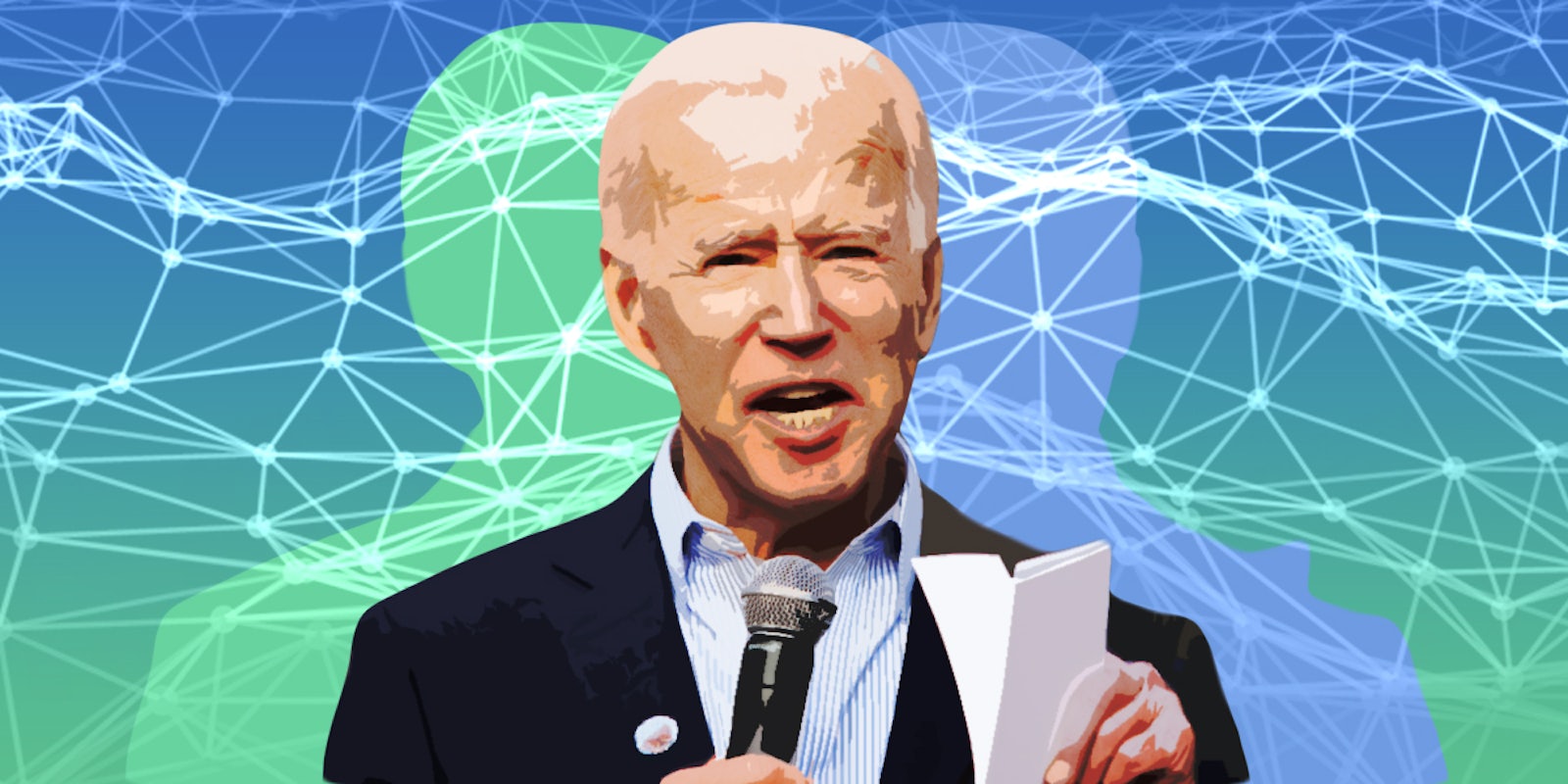
On Monday, President Joe Biden signed an executive order that lays the groundwork for regulation of artificial intelligence (AI) across nearly every industry and government. Additionally, Vice President Kamala Harris announced several new U.S. initiatives focused on safe and responsible use of AI at the Global Summit on AI Safety in the U.K. on Wednesday.
For some, the broad executive order from Biden is lacking and stops short of offering any fundamental policy changes. While the AI order builds upon voluntary commitments from companies earlier in the year and the non-binding Blueprint for an AI Bill of Rights, this latest exercise of power from the executive branch largely relies on action by federal agencies — such as the Federal Trade Commission, National Institutes of Standards and Technology, and the U.S. Patent and Trademark Office — to have any force or effect. It punts to Congress to draft and pass laws, get funding, and implement changes. And in practice, this executive order could be withdrawn or modified if there’s a change in administration in 2025 or 2029.
Still, one thing remains clear: Future implementations of this new AI regulation will have a profound impact on the creator economy — from creators to platforms and everyone in between. For creators, regulation of AI, particularly generative AI, has the potential to have as much of an impact as early internet regulations such as the DMCA or Section 230. And the Biden AI executive order will have some immediate effects, with the executive branch’s Commerce Department spearheading a few key changes.
So if you’re a chronically online artist wanting to know more, here is a breakdown of three critical aspects of the executive order and their potential impact on digital creators. …


